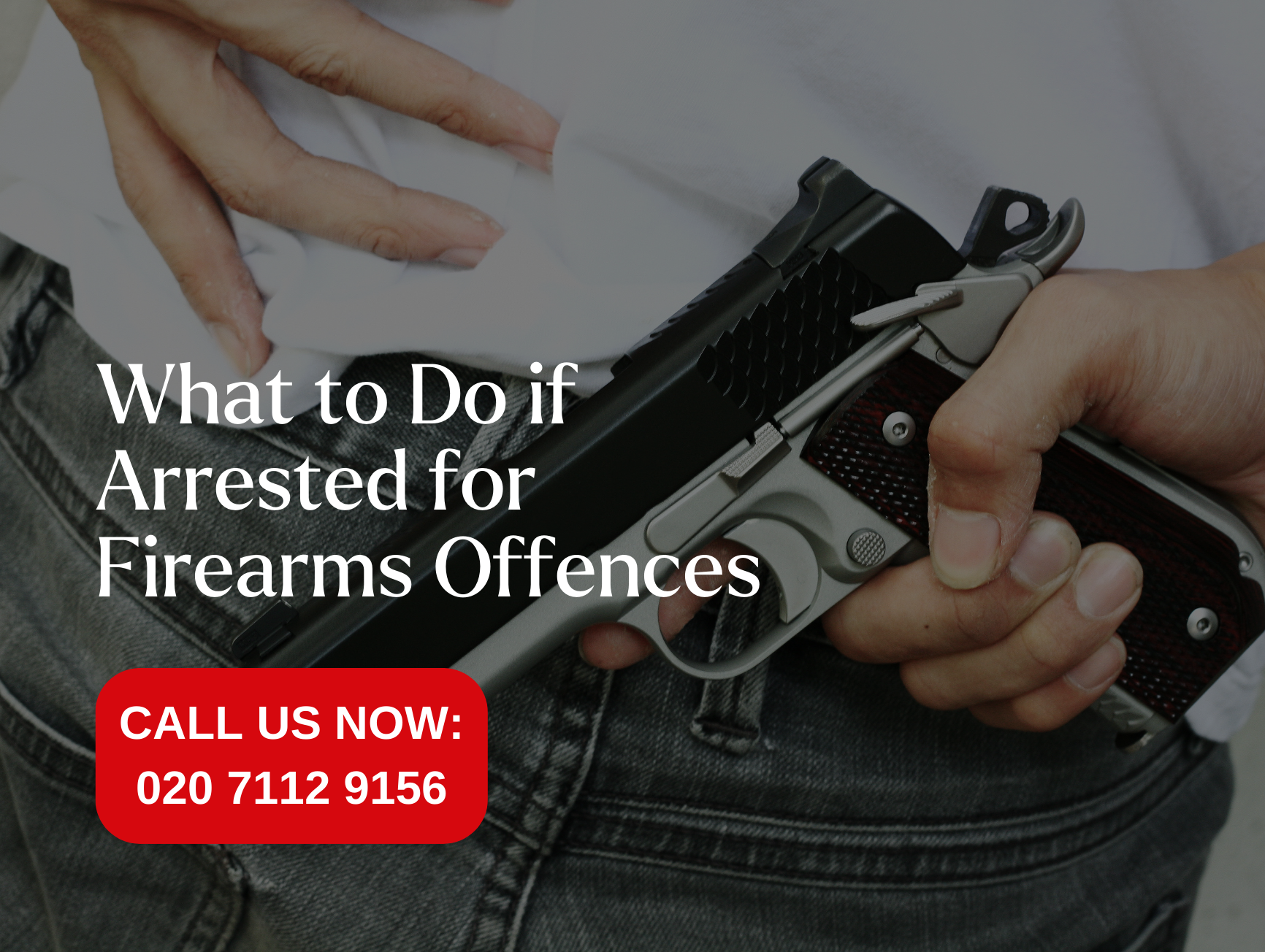What are the Charges Under the Offensive Weapons Act?
The Offensive Weapons Act primarily addresses two main offenses: possession of a bladed article and possession of an offensive weapon.
What is an Offensive Weapon?
According to Section One of the Prevention of Crime Act 1953, an offensive weapon is defined as: “Any article made or adapted for use to cause injury to the person, or intended by the person having it with him for such use.”
Under UK law, offensive weapons are categorized into three groups:
- Manufactured Weapons: Items created specifically to inflict harm, such as knives, truncheons, and nun chucks.
- Modified Objects: Objects altered from their original form to cause harm, like a snooker ball in a sock or a broken bottle.
- Everyday Items: Objects not specifically made or adapted to cause harm, such as baseball bats or scissors. For these items, the prosecution must provide evidence of intent to cause actual injury, not just intimidation.
What are Bladed Articles?
A bladed article includes any item with a blade or sharp point, excluding folding pocketknives with a cutting edge of less than 3 inches. This encompasses items like kitchen knives, Stanley knives, or work knives. Possessing such items in public without a valid reason or lawful authorization is considered an offense.
Valid reasons are limited, such as needing the knife for employment purposes while traveling to or from work, or transporting a recently purchased knife home. Carrying a knife for self-defense is not considered a valid reason unless there is an immediate threat.
Sentencing Guidelines for Offensive Weapons Charges
The guidelines for possessing an offensive weapon or bladed article do not cover cases where the weapon is used to inflict harm, which fall under separate offenses like assault, murder, or manslaughter.
- Maximum Sentence: Up to 4 years in custody.
- Category 1 Offenses: Include possession in institutions like schools or prisons, causing serious alarm/distress, or risking serious disorder.
- Category 2 Offenses: All other instances.
Levels of Culpability
Sentencing also depends on the level of culpability, divided into four sections:
A
- Possession of a bladed article.
- Possession of a highly dangerous weapon (such as corrosive substances like acid).
- Offense motivated by hostility based on religion, race, disability, sexual orientation, or transgender identity.
B
- Possession of a weapon (other than a bladed article or a highly dangerous weapon) used to threaten or cause fear.
C
- Possession of a weapon (other than a bladed article or a highly dangerous weapon) not used to threaten or cause fear.
D
- Possession of a weapon falling just short of a reasonable excuse.
What Should You Do if Charged with an Offensive Weapons Offense?
If you or a family member are accused of an offense under the Offensive Weapons Act, seeking legal advice immediately is crucial. Our solicitors offer guidance, support, and legal representation throughout your legal proceedings, including police station assistance, initial hearing representation, and trial preparation.
With extensive expertise in offensive weapons law, our team provides invaluable advice and representation, which could be the difference between avoiding a conviction and facing imprisonment.
Additional external information
Book an Appointment
Make an Appointment
Time
Booking Details
Date & Time: Service Price + Staff Cost $ 00.00





